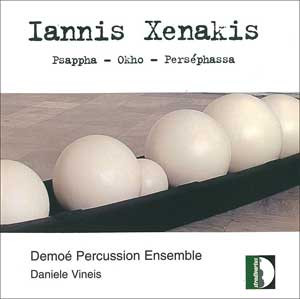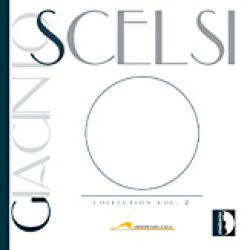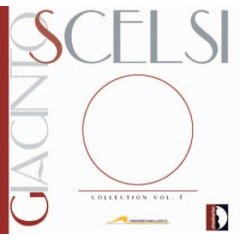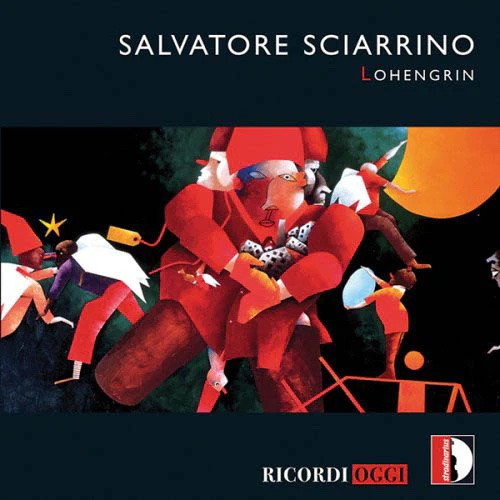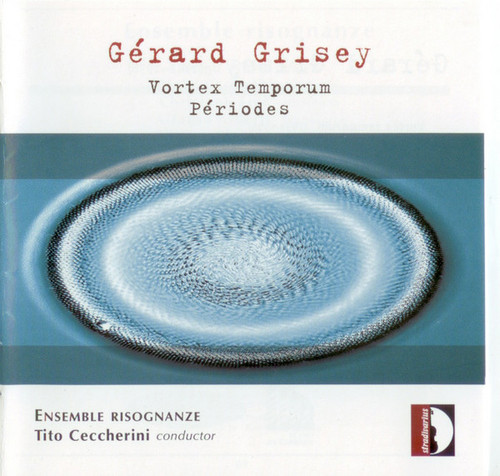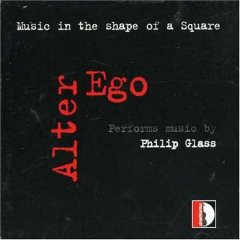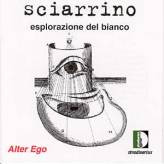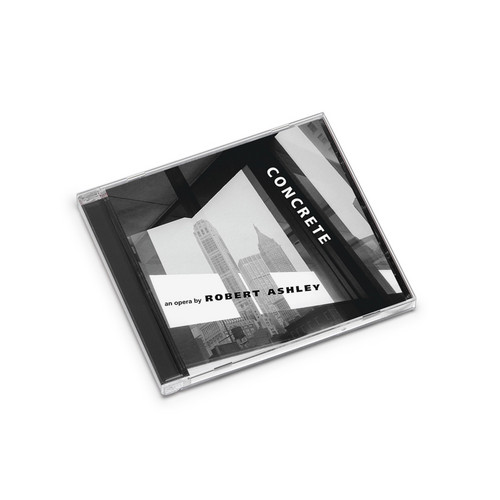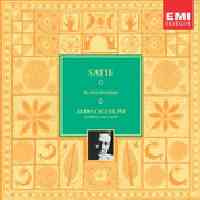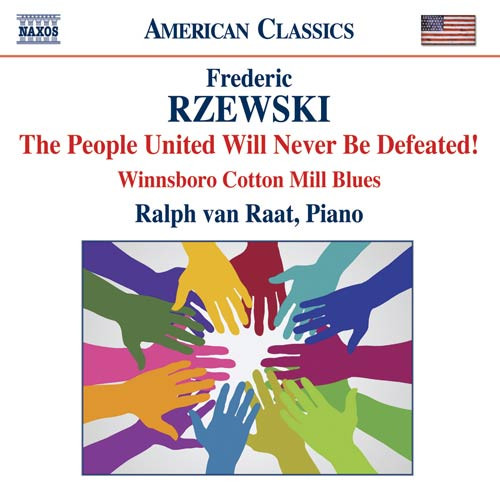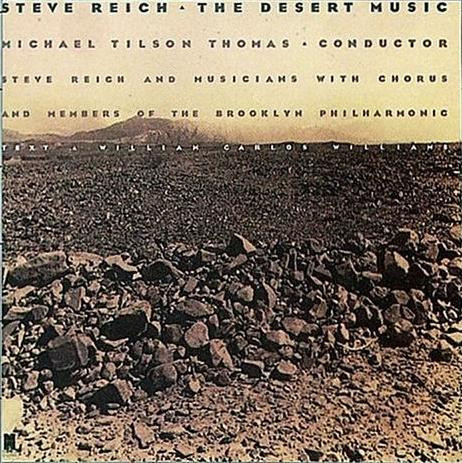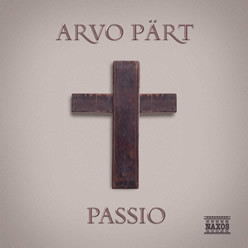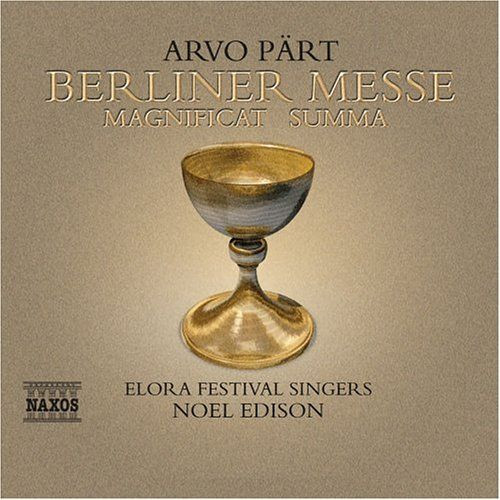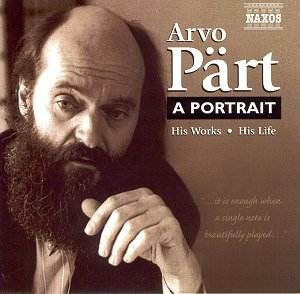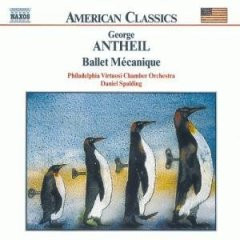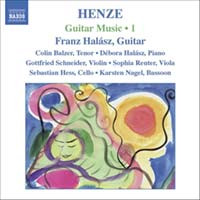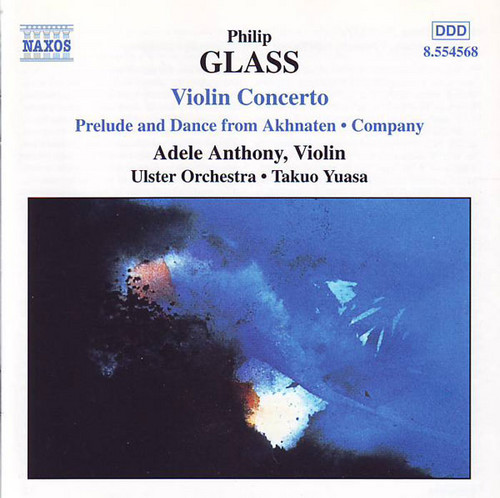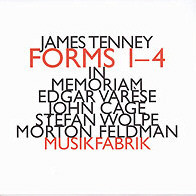Persephassa
Persephassa is a piece for six percussionists composed by Iannis Xenakis in 1969. The piece was commissioned for the first-ever Shiraz Festival (organized by the Empress of Iran), held at the historic desert site of Persepolis. The title refers to the goddess Persephone, "the personification of telluric forces and of transmutations of life." Persephassa gains much of its effect from having the six percussionists distributed around the audience. The treatment of space as a musical parameter is on…
Pranam II for ensemble
It is scored for two flutes, violin, viola, cello, bass clarinet and electric organ. This is a really beautiful piece of tranquil music, full of touching sweetness.
Collection vol.1
The first in a series of recordings devoted to the music of Giacinto Scelsi, devised by Stradivarius in conjunction with the Isabella Scelsi Foundation. The series comprises new, original recordings made in 2005, marking the hundredth anniversary of the composer's birth.
Lohengrin
2008 release ** Lohengrin, Salvatore Sciarrino's "azione invisibile", is both a gloss on Wagner's opera and a sly debunking of it. It was conceived by its composer as an opera with action invisible, for one singer/actress who assumes all the charactersn Sciarrino's monodrama, based on one of Jules Laforgue's Moralités Légendaires, episodes from the story are viewed through the distinctly jaundiced eyes and ears of Elsa, the woman Lohengrin marries and then deserts. A single voice narrates and ta…
Vortex Temporum - Pèriodes
Gérard Grisey's cycle of compositions, Les Espaces Acoustiques, is considered one of his most significant works. Written between 1974 and 1985, it consists of six discrete pieces, for ensembles ranging in size from a solo viola with resonators to an orchestra of 84 players. In the cycle, the pieces progress from the smallest ensemble to the largest, and Périodes (1974), for seven players, is the second. The piece is a relatively early example of spectralism, a method of composition developed by …
Music in the shape of a square
On 30 June 1999, the ensemble Alter Ego performed a concert of works by Philip Glass at the Opera Paese Gallery in Rome, one of the most innovative musical venues in the city and where Alter Ego has played regularly since 1996. Glass himself was present at this performance which was a replica of his own famous debut concert at the New York Film-Makers Cinemateque in September 1968. Under the guidance of Pietro Fortuna, the artists of the Opera Paese Gallery faithfully reconstructed the geometric…
Esplorazione del Bianco
Sciarrino's work is avant-garde, and he is known for his use of isolated sonorities, extended playing techniques, frequent silences, and ironic or confrontational quotation of previous music (for instance, American pop music) or stories (such as in Lohengrin). His works include a large body of chamber music, including many pieces for wind instruments, five piano sonatas, and several operas or theatrical works: Da gelo a gelo, Infinito nero, Macbeth, Perseo ed Andromeda, Lohengrin, and Luci mie t…
Chants de la Mi-mort
Alberto Savinio was a very particular figure of poet, writer, musician, painter of primarily surreal subjects. His dramatic poem, "Les Chants de la Mi-Mort", played in Paris in 1914, seems to prefigure the mannequins that appear in so many of De Chirico's works: "voiceless men, without eyes or faces".
Concrete
Concrete follows from Robert Ashley's preoccupation in two previous operas with the kind of speech that has not been explored in opera -- in Dust (LCD 1006CD), the speech of the homeless; in Celestial Excursions (LCD 1007CD), the speech of people living together in a home for old people. The three operas are not a "trilogy" in any sense, but they all come from this preoccupation with or fascination with special kinds of speech and special kinds of states of mind. "The characters I'm interested i…
Da Cantare - Vocal Works 1951-1983
LAST FEW COPIES, long sold out: this important double CD box edition is the ultimate collection of the vocal compositions by one of the leading figures of Italian contemporary and aleatory music. The first piece -- 'Rot' -- is the complete version of the piece originally written in 1973, as the vocal parts have been added in July 2004 for its 2nd performance ever, held in Rome during the celebration of the 'Guaccero'year'. It is therefore different from the piece presented on the LP, which is pu…
L'oeuvre pour piano
A beautiful boxed edition with an outstanding version of Satie's piano music performed by Ciccolini, who is totally inside this music and makes the most of its contrasts of mood and atmosphere. Ciccolini's playing is pliant and graceful, and under his fingers the music seems to breathe and come alive: in many ways this is the most distintive and 'definitive' Satie piano music
The People United Will Never Be Defeated!
The People United Will Never Be Defeated! by the left-wing composer and pianist Frederic Rzewski is a landmark in American piano literature. The work comprises 36 variations on a protest song of the same name by the Chilean composer Sergio Ortega. Almost every bar is laden with pianistic virtuosity, yet the listener is carried through some very complex music in a wholly natural way. The variations themselves all symbolize the different phases and aspects of a struggle: from angry, highly-energiz…
The Desert Music
The Desert Music is a work of music for voices and orchestra composed by Steve Reich based on texts by William Carlos Williams. It consists of five movements, and in both its tempi and arrangement of thematic material, the piece is in a characteristic arch form (ABCBA). The piece is scored for a chorus of 27 voices: nine sopranos, and six each of altos, tenors and basses. It calls for a woodwind section comprising four flutes with three doubling on piccolo, four oboes with three doubling on cor …
Passio
Settings of the Passion are part of an ancient tradition within the Church in which all four Gospel accounts of the Passion are sung to plainchant in Holy Week. Over the centuries the three main elements of the story were separated out onto different reciting tones, and later given to different singers: a priest to sing the words of Jesus, a deacon the main narrative, and a sub-deacon the words of other minor characters including the crowd, Pilate and Peter. One of the earliest surviving Passion…
Berliner Messe
With a number of modern classics already to his name, notably the Symphony No. 3 [Naxos 8.554591], Tabula Rasa [8.554591], Fratres and Cantus in memoriam Benjamin Britten [8.553750], culminating in 1982 with his largest work thus far, the St John Passion [8.555860], Arvo Pärt has during the past 20 years consolidated his reputation as one of the most significant composers at work today with a sequence of magnificent sacred choral works. The present recording provides an overview of Pärt’s mature…
A Portrait
Arvo Pärt: A Portrait. His Works, his Life. It contains 2 CDs with over 2½ hours of music, richly illustrated with rarely seen photographs, and a detailed essay by Nick Kimberley. The music of Arvo Pärt draws on traditions stretching back across the centuries, yet it could only have been written by someone who had lived through the complexities and contradictions of the last half-century. In his native Estonia, his early music incurred the wrath of the Soviet authorities; when he moved to the We…
Ballet mecanique
Ballet Mécanique (1924) was a project by the American composer George Antheil and the filmaker/artist Fernand Léger. Although the film was intended to use Antheil's score as a soundtrack, the two parts were not brought together until the 1990s. As a composition, Ballet Mécanique is Antheil's best known and most enduring work. It remains famous for its radical style and instrumentation as well as its storied history. In concert performance, the "ballet" is not a show of human dancers but of mecha…
Guitar music Vol.1
Often described as one of Europe's foremost living composers, Hans Werner Henze could perhaps more accurately be described as Europe's greatest living composer. Born in 1926, Henze's career spans sixty years, his style encompasses everything from neo-classicism to post-modernism, his works include everything from grand operas to intimate quartets, and his music embraces everything from ecstatic lyricism to agonizing expressionism. In this disc devoted to his music for guitar, Henze's intimate, l…
Concerto pour violon
On the present recording, the opening Prelude - with its magnificently sustained arc of tension and not-quite release - is followed by the dance from Act Two, Scene 3 which, in more obviously rhythmic fashion, celebrates the inauguration of the city of Akhetaten created by the new pharaoh; in an actual production, musicians appear on stage along with the rest of the cast. In both these extracts, some unsettling metrical ambiguities enhance the drama. And throughout the opera, the predominatingly…
Forms 1-4
Four works by James Tenney, each paired with music by an American composer to whom the Tenney composition is dedicated. The four 'Forms' compositions share with their senior partners -- Edgard Varèse, John Cage, Stefan Wolpe, and Morton Feldman -- a focus on sound and, in a more intuitive way, mood. Tenney's music draws upon an unorthodox and original approach to harmony. The compositions include James Tenney's 'Form 1' (1993) and Edgard Varese's 'Octandre' (1923), James Tenney's 'Form 2' (1993)…
